Austrian Food Dishes: Basic Overview
Common Ingredients
Common Cooking Methods
Courses
Meals
Key Taste
Eating Etiquette
Meal Presentation
Culinary Festivals
Influence and Fusion
Popular Types of Austrian Dishes
-
Cakes and Pastries
Renowned for rich flavors, Austrian cakes and pastries, like the famous Sacher Torte and Linzer Torte, are essential food in its café culture.
These desserts combine quality ingredients with traditional baking methods.
-
Charcuterie and Cheese Boards
They are locally-made cured meats and cheeses.
These foods show Austria’s artisanal meat preservation and dairy production.
They’re enjoyed as appetizers or snacks.
-
Dumplings
Dumplings in this country come in both sweet and savory recipes.
Ingredients range from meats and vegetables to fruits.
Austrian dishes are characterized by their diversity, stemming from the influences of Central European fares and the former Austro-Hungarian Empire. It includes a variety of meats like beef, pork, chicken, turkey, and goose.
In Austria, butchers are known for their unique cuts of meat and a wide array of sausages. Austrian meals often start with a continental breakfast, followed by a main meal that has shifted from midday to the evening in modern times.
Snacks are common, consisting of bread topped with cheese or ham. The cuisine also boasts a rich tradition of cakes and pastries.
Seasonal vegetables and fruits accompany many dishes, especially in autumn when game and pumpkin are popular.
Climb aboard on an exciting journey through many Austrian dishes before learning about the many cuisine areas of the country. Then, spice up your next Austrian meal with some refreshing beverage options.
23 Popular Austrian Dishes with Filters
Explore the multi tastes of the specialties from Austria using the filter system to check them out in alphabetical order, tastes, ingredients, dish types, global popularity, and even cooking methods.
Additionally, let’s see these dishes as the most popular, traditional, national, and street food categories of Austria:
Tafelspitz
- Traditional
Tafelspitz is an Austrian national dish that makes use of a cut called tafelspitz in the country. To ensure an authentic profile, the chefs usually choose the tip of meat located near the tail.
Before people serve it on the table, they need to simmer beef with veggies and spices for a long time. You can have it with a mixture of minced horseradish and apples, roasted potato slices, or chives.
As a classic specialty of Vienna, the dish is even a favorite pick in the Bavaria State of Germany.
Wiener Schnitzel
- National
Wiener schnitzel is a traditional fare of Austria made using veal or pork cutlets. Adopted into Austrian cuisine in 1857, this delicacy is all about coating the protein cut with a thin layer of batter for pan-frying.
Traditionally served with butterhead lettuce, vinaigrette, and cucumber salad, these sides offer a refreshing contrast to the rich, fried meat.
For a simpler accompaniment, a slice of lemon, lingonberry jam, or parsley suffice can enhance the dish’s flavors.
Kasespätzle
- Traditional
Kasespätzle is a comforting Austrian take on macaroni and cheese. Originating from Swabia in Germany, this versatile dish can be enjoyed as either a side or a main course.
The macaroni fare features chewy spätzle egg noodles topped with a rich Emmentaler cheese sauce and caramelized onions, creating a hearty, creamy, and buttery flavor.
In Austria, kasespätzle is a favorite in Tyrol and Vorarlberg regions, often pan-fried. The dish even has a version called kasnocken or kasnockn in Salzburg and Obersteiermark with grated cheese and spätzle noodles.
Vienna Sausage
- Street Food
- Traditional
Vienna sausage, also known as wiener wurstel, is a sausage of Vienna, crafted by German immigrant Johann Georg Lahner in 1850. These sausages are thinner than typical Western ones parboiled and can be made from pork or beef, stuffed into sheep’s intestines.
They boast a subtly smoky flavor, achieved by smoking at low temperatures before being cooked in water. Served with semmel (bread) or buns, the sausage is often sliced and tucked into bread or buns for easy consumption.
Knödel
- Traditional
Knödel is a versatile dumpling of Austria, meaning “a little knot,” and is cherished across the country with over ten variations. This dumpling comes in both savory and sweet forms, often served as a side.
Austrian versions typically use cooked or raw potatoes, with chefs adding eggs, semolina, butter, or ham. Flour or bread bases are also popular among cooks for their texture and taste.
Erdäpfelgulasch
- Traditional
Erdäpfelgulasch is a hearty Austrian variant of the traditional Hungarian goulash. This version incorporates bacon, potatoes, onions, and Viennese sausage for a rich, heartwarming flavor.
Available in two styles, with or without paprika, modern recipes typically feature paprika to season the meat and vegetables. Austrians pair erdäpfelgulasch with boiled potatoes, dumplings, or bread.
Tiroler Gröstl
- Traditional
Tiroler gröstl is a simple specialty from Tirol, Austria, making full use of leftovers to create a delicious meal. Perfect for refueling after skiing or hiking, it consists of fried potatoes, bacon, and onions, typically served in a pan.
Often enjoyed with kaiserchmarrn (a kind of flattened pastry), it makes for a satisfying Alpine lunch. Alternatively, a fried egg is a fine accompaniment with tiroler gröstl.
Martinigans
- Traditional
Martinigans is a goose dish of Austria celebrated on St. Martin’s Day, November 11th. This smoky roasted goose involves stuffing the meat with a chestnut and dried plum mixture for natural sweetness.
Accompanied by potato dumplings and cooked red cabbage, the goose is presented at the center of these sides. While most prevalent on St. Martin’s Day in Vienna, martinigans can still be found at other times.
Spargel
- Traditional
Spargel, or spring asparagus, is an Austrian type of asparagus offering a unique white variety. Celebrated for its versatility, people enhance its delicate flavor with butter, breadcrumbs, lemon, and prosciutto, or even for frying.
Ideally, spargel is usually peeled and boiled, and served with melted butter, hollandaise sauce, ham, or potatoes.
Belegte Brote
- Street Food
- Traditional
Belegte brote is an Austrian-style open sandwich that offers a delightful twist on traditional versions.
Typically enjoyed as a mid-morning snack rather than a breakfast item or quick meal, it features a single slice of bread topped according to personal preference.
This open-faced sandwich comes in a modest size and customizable toppings of either sweet or savory.
Mondseer
- Traditional
Mondseer, or Mondseer schachtekäse, is an Austrian cheese coming from the town of Mondsee in Austria.
Traditionally formed into large blocks but also available in smaller pieces for convenience, this semi-hard cheese is recognized by its light yellow color and a yellow-reddish rind that develops during aging.
Known for its strong aroma, Mondseer offers a smooth, creamy, and firm texture with a balance of sweet and spicy flavors, attributed to the infusion of saltwater and red cultures.
Fiakergulasch
- Traditional
Fiakergulasch is a hearty, traditional Viennese stew from Austrian cuisine, often enjoyed as a breakfast. This beef dish is famed for its restorative properties.
Different from other goulash variations, fiakergulasch is served with an array of accompaniments like fried Viennese sausage, bread dumplings or boiled potatoes, a sunny-side-up egg, and pickled gherkins.
Brettljause
- Traditional
Brettljause is an Austrian version of the cheeseboard, traditionally served on a wooden board as a snack between meals. It stands out with its inclusion of local specialties such as meats, spreads, pickled vegetables, and bread.
The composition of brettljause varies, allowing you to tailor it to seasonal ingredients, ensuring a unique experience in each serving.
Apfelstrudel
- Traditional
Apfelstrudel is a traditional Austrian apple strudel, akin to the American apple cake. The Austrian strudel is made by wrapping apple filling in unleavened dough, creating its characteristic swirl.
Best enjoyed in a Viennese coffee house with espresso, vanilla custard, or whipped cream, Apfelstrudel invites a taste of Austria into any kitchen.
Sacher Torte
- Traditional
Sacher torte is a renowned Viennese chocolate cake having two layers of sponge cake filled with apricot jam and enveloped in chocolate icing.
Created in 1832 by Franz Sacher for Prince Klemens von Metternich, it has become one of Vienna’s most celebrated desserts. Traditionally, the chocolate cake is served with unsweetened whipped cream.
Buchteln
- Traditional
Buchteln, known in Austria as pull-apart rolls, are baked sweet rolls originating from Bohemia of the Czech Republic.
Traditionally served as either a main dish or dessert, these yeast dough rolls are filled with jam, poppy seeds, or quark, and baked in a large pan.
The baked version today is favored for its warm, golden-brown exterior, often served with vanilla sauce and powdered sugar for added delight.
Gugelhupf
- Traditional
Gugelhupf is a sweet treat from Austria that possesses a distinctive cone shape achieved by baking it in a ring pan. Commonly, Austrians enjoy the cake with a cup of hot coffee.
As a staple of Austrian childhoods, this dessert has been known by various names such as ash cake, rodon cake, pot cake, or babe. In Upper Austria, the population often refers to the cake as Wacker or Wacka.
Powidltascherl
- Traditional
Powidltascherl are sweet dumplings in Austria coming from Bohemia, characterized by their plum jam filling. As for the dough, it’s a combination of potato dough, plum jam, cinnamon, vanilla, and other ingredients.
Available across Austria, Eastern Europe, and Germany, this dessert comes with various twists at each bakery.
Typically, powidltascherl features a mix of butter, walnuts, breadcrumbs, and a drizzle of sugar or chocolate sauce before serving.
Marillenknödel
- Traditional
Marillenknödel is an apricot dumpling dish popular in Austria and other Central European countries. These fruity dumplings are crafted by encasing apricots or plums in dough, made from potatoes, cheese, or pastry.
Often, the fruit is boiled, and then rolled in fried breadcrumbs and sugar.Marillenknödel can be savored as either a main dish or a dessert, with creative variations including frozen or ice cream forms.
Palatschinke
- Street Food
- Traditional
Palatschinke is an Austrian crepe that comes with various sweet fillings. Ideal for dinner or lunch, it features a batter of eggs, flour, and milk.
Aside from the sweet options, savory picks, including meat, are also wrapped with these crepes. Usually, the batter of palatschinke is pan-fried immediately after mixing.
For serving, these crepe rolls are often drenched with savory or sweet sauce for a rich experience.
Kaiserschmarrn
- Traditional
Kaiserschmarrn is a treat of fluffy pancake torn into small pieces in Austria. Despite its somewhat messy appearance, it’s a mostly sweet treat when accompanied with jam or condensed milk.
Furthermore, the pancakes themselves are also adored with cherries, nuts, raisins, and more for added flavor. Once cooked, the pancake is torn with forks and dusted with powdered sugar for a unique scrambled effect.
Topfentascherl
- Traditional
Topfentascherl is a treat boasting a unique square shape, often served in Austrian restaurants and bakeries. The sweet variant is generously filled with curd and fresh fruits, offering a natural sweetness.
Alternatively, the savory option features cheese fillings for a creamy profile. Locals particularly enjoy pairing this dessert with apricots and bananas for a perfect mix of sweet and sour flavors.
Linzer Torte
- Traditional
Linzer Torte is a traditional dessert pie usually enjoyed at Christmas in Austrian, Swiss, German, and other countries. Interestingly, the pie is named after the city of Austria, Linz.
This shortbread treat has a single layer like pies and tarts, with the top being adorned with nuts and fruit preserves in a lattice design. You can get Linzer torte with different fillings such as raspberry, redcurrant, or apricot preserves.
What Are the Regional Cuisines in Austria?
In Austria, the country has a diverse range of cuisines, all contributing to an array of flavors in dishes: Here are the cuisine regions in Austria:
Lakeside location means fish features prominently, alongside grain and dairy.
Dumplings are central, reflecting the shared culinary traditions with Bavaria and Bohemia.
Cheese dumplings and freshwater fish, especially trout, are staples.
Alemannic influences are evident in the use of cheese and dairy.
In case you still want to know more about Austrian food, a well-designed compilation of beverages to have with these dishes will be a nice option just for you.
What Austrian Dishes to Accompany with Beverages?
In Austrian cuisine, certain dishes are traditionally enjoyed with specific beverages, enhancing the overall dining experience. Here are some classic pairings:
Make sure to share and comment on some words sharing your thoughts about these flavorful specialties.



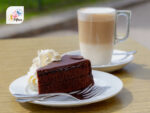
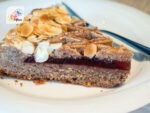

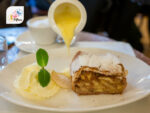
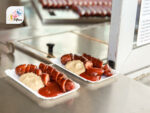
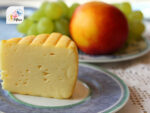
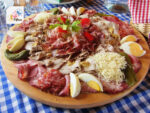
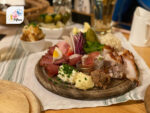

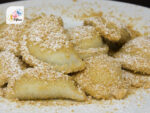

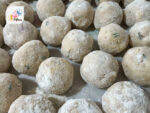
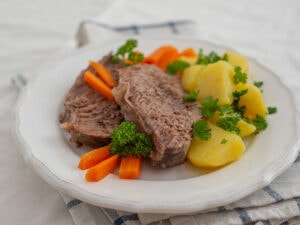
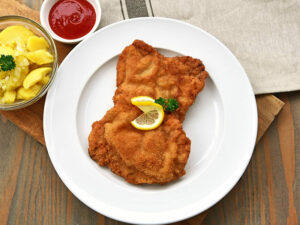
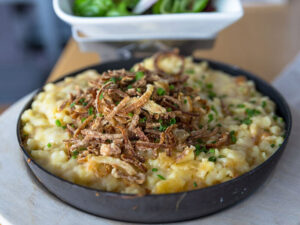
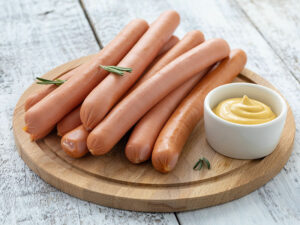
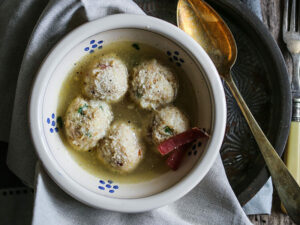
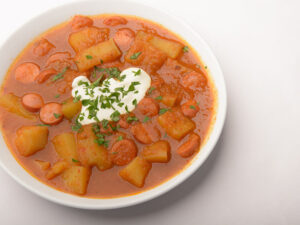
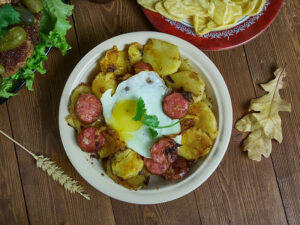
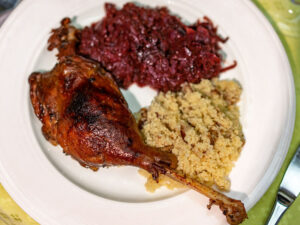
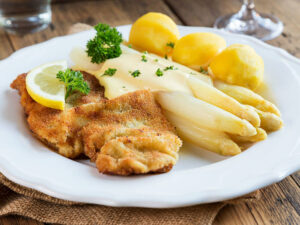
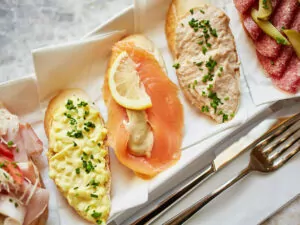
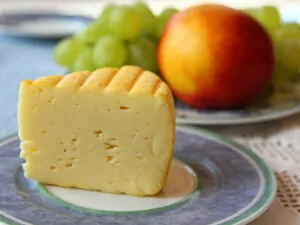
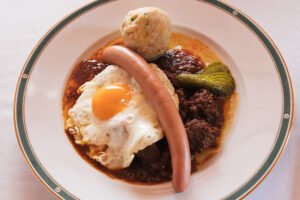
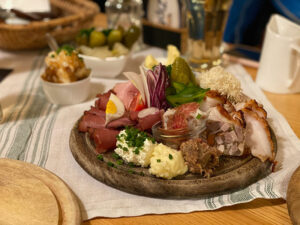
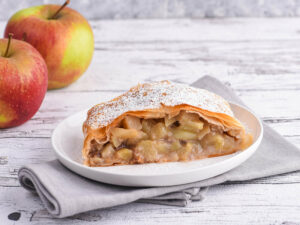
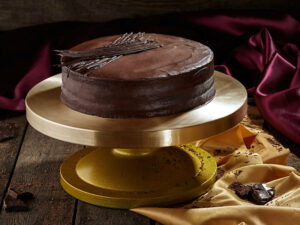
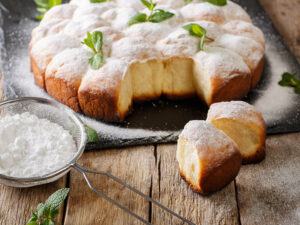
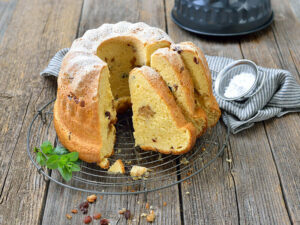
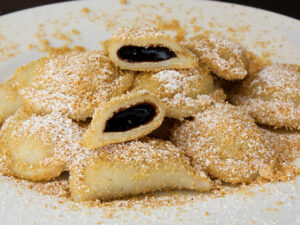
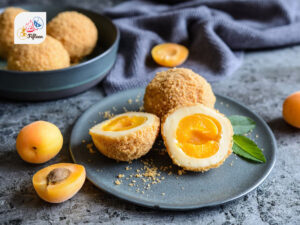
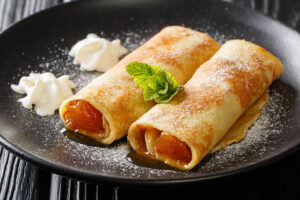
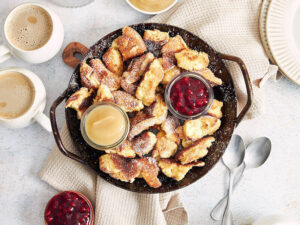
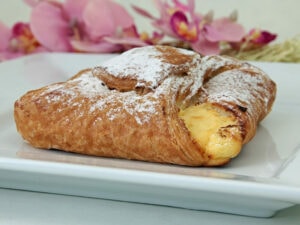
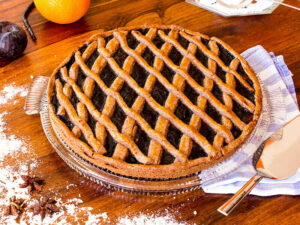
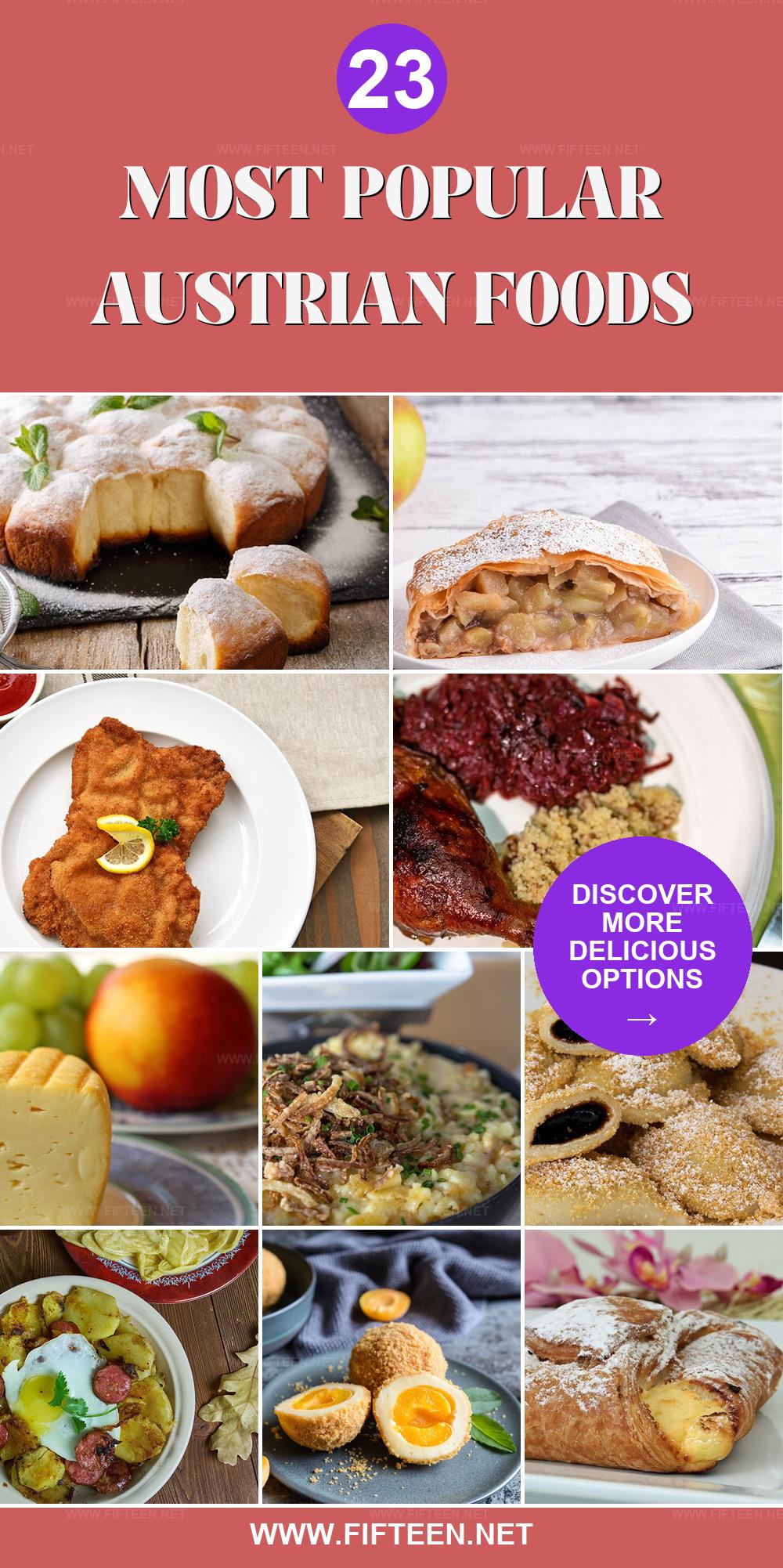
Jamie Scott
Editor in Chief, Senior Content Writer
Expertise
Home Cooking, Meal Planning, Recipe Development, Baking and Pastry, Food Editor, Cooking-video Maker, Western Food Evaluation Expert
Education
Le Cordon Bleu College of Culinary Arts
Local Community College, New York, NY
Jamie Scott is a skilled culinary expert and content creator specializing in Western cuisine. With over 15 years in the culinary field and formal training from Le Cordon Bleu, Paris, Jamie deeply understands how to blend nutrition with delicious flavors. His passion for cooking matches his commitment to making healthy eating accessible and enjoyable.
On Fifteen.net, Jamie brings a fresh perspective to classic dishes and beverages, offering readers insightful recipes, cooking tips, and a fresh view on meal planning that emphasizes taste, health, and simplicity.